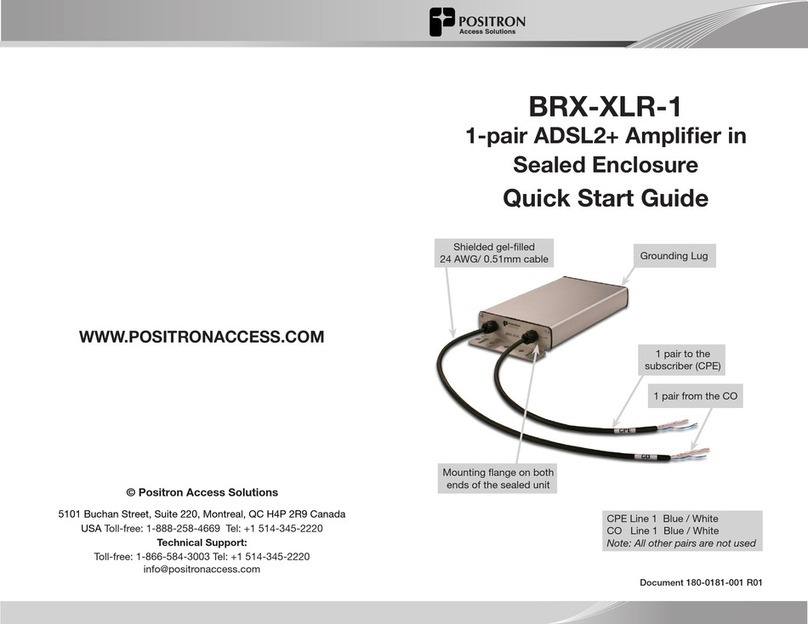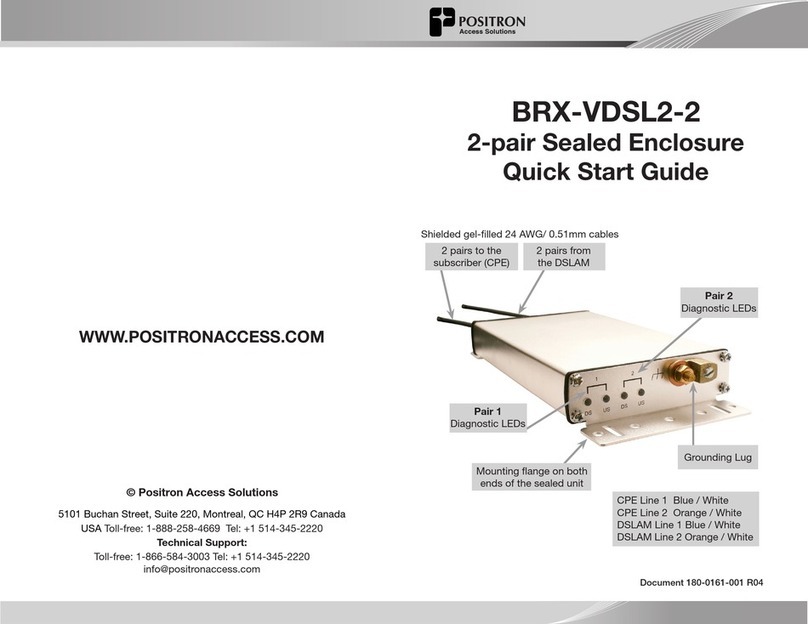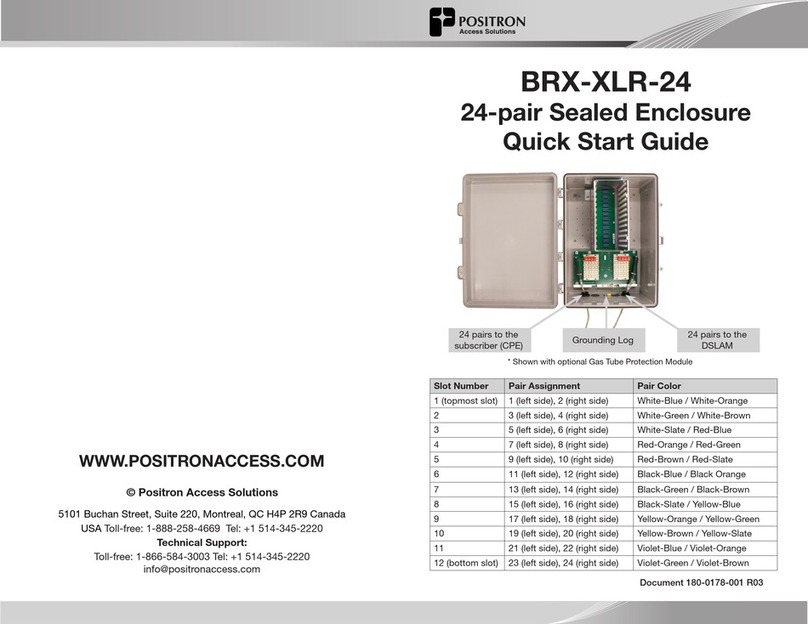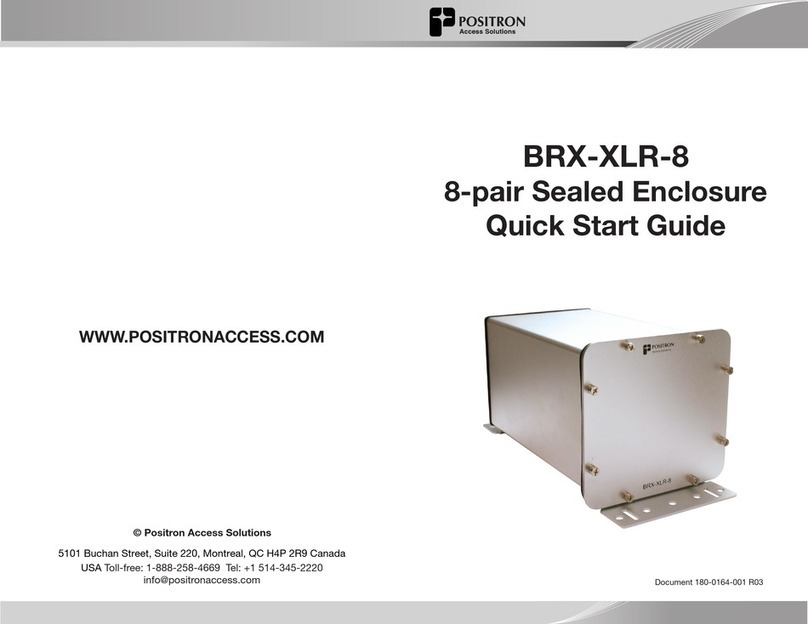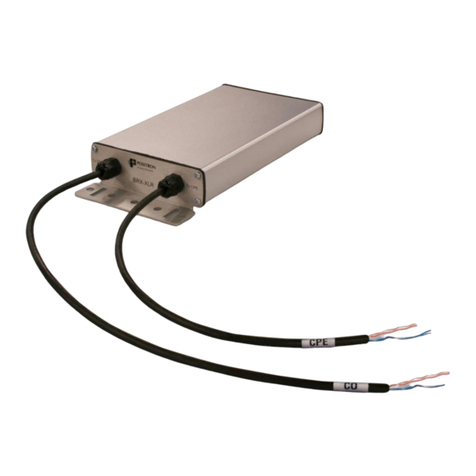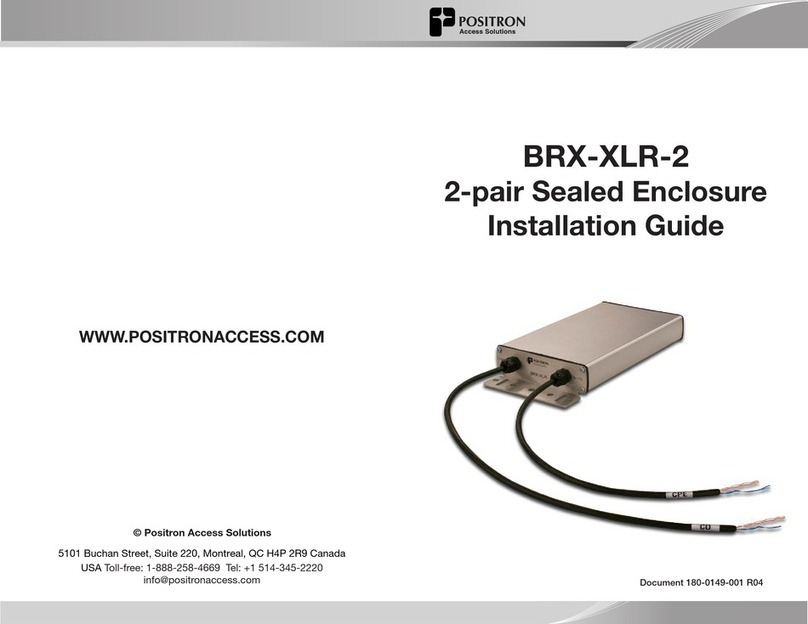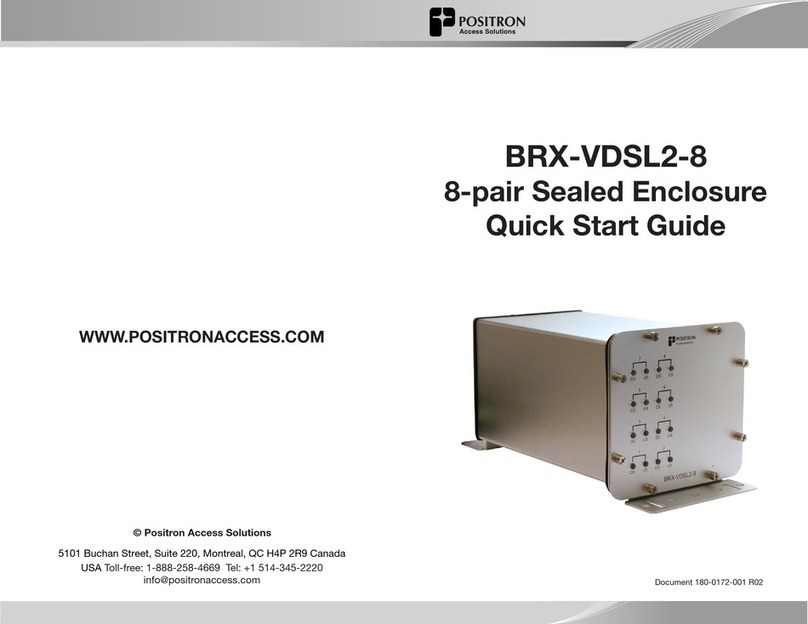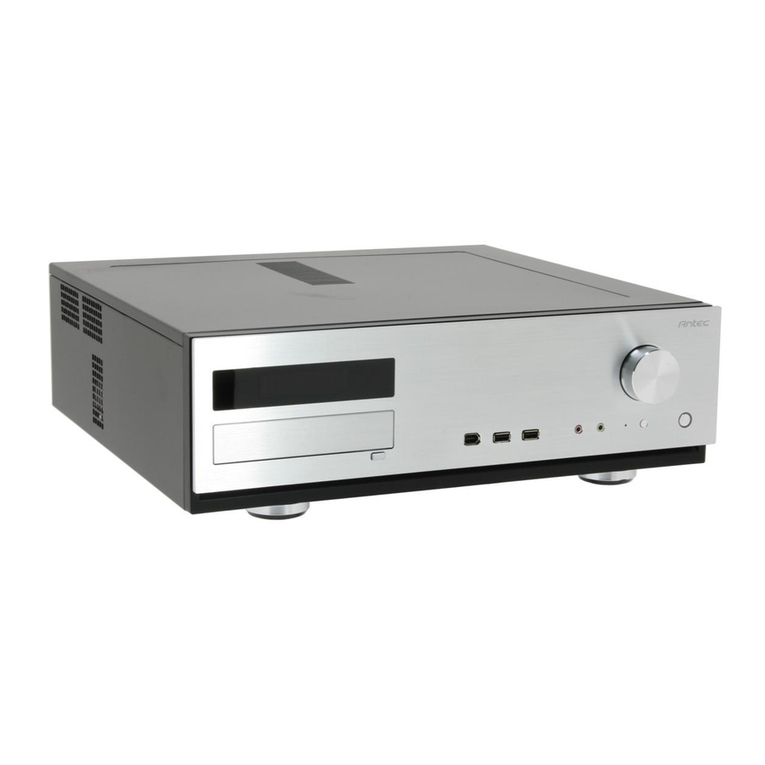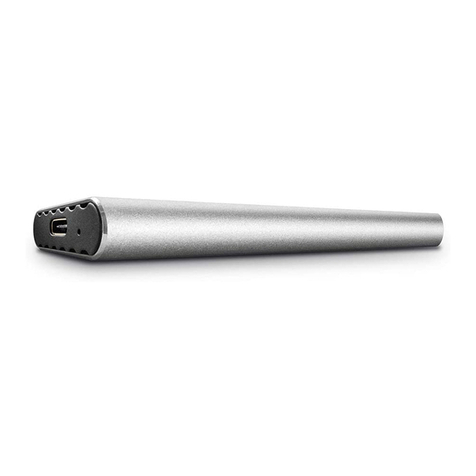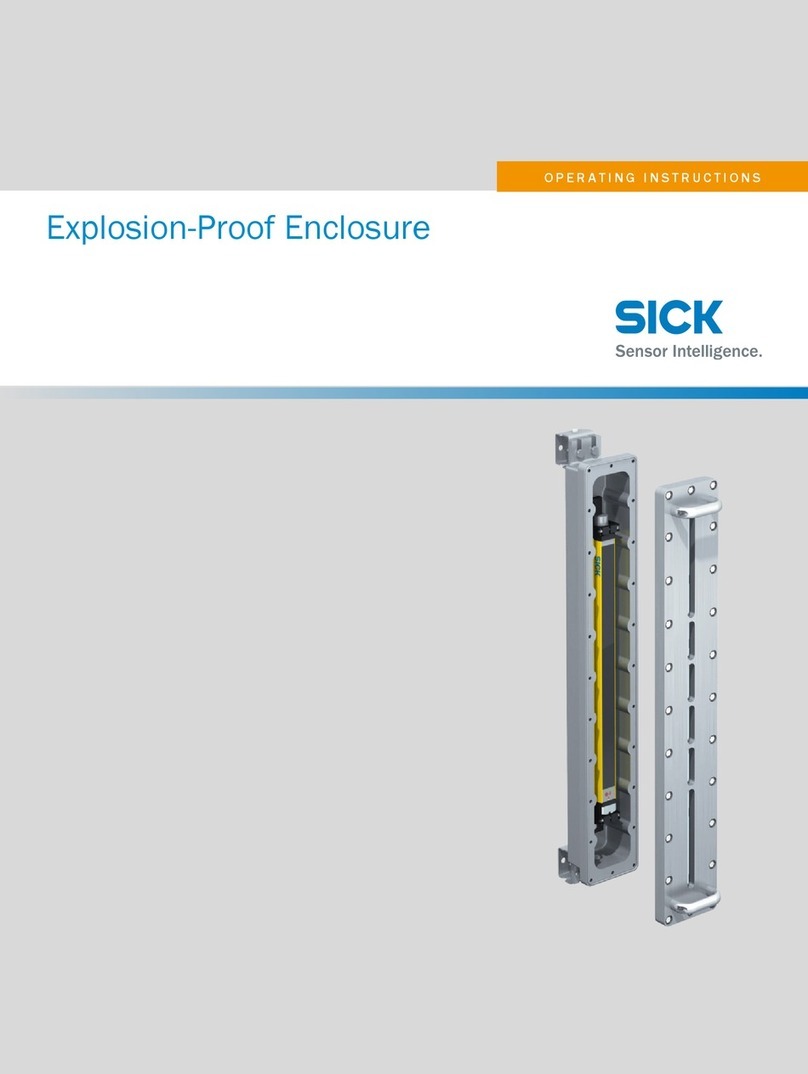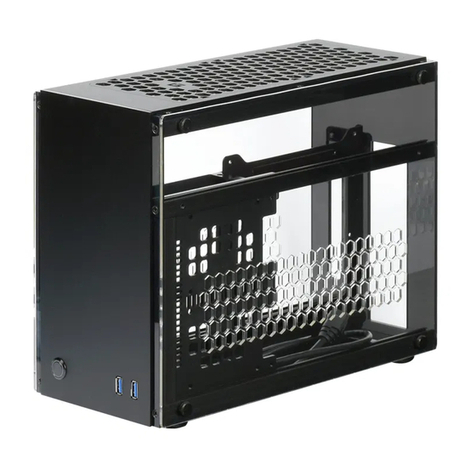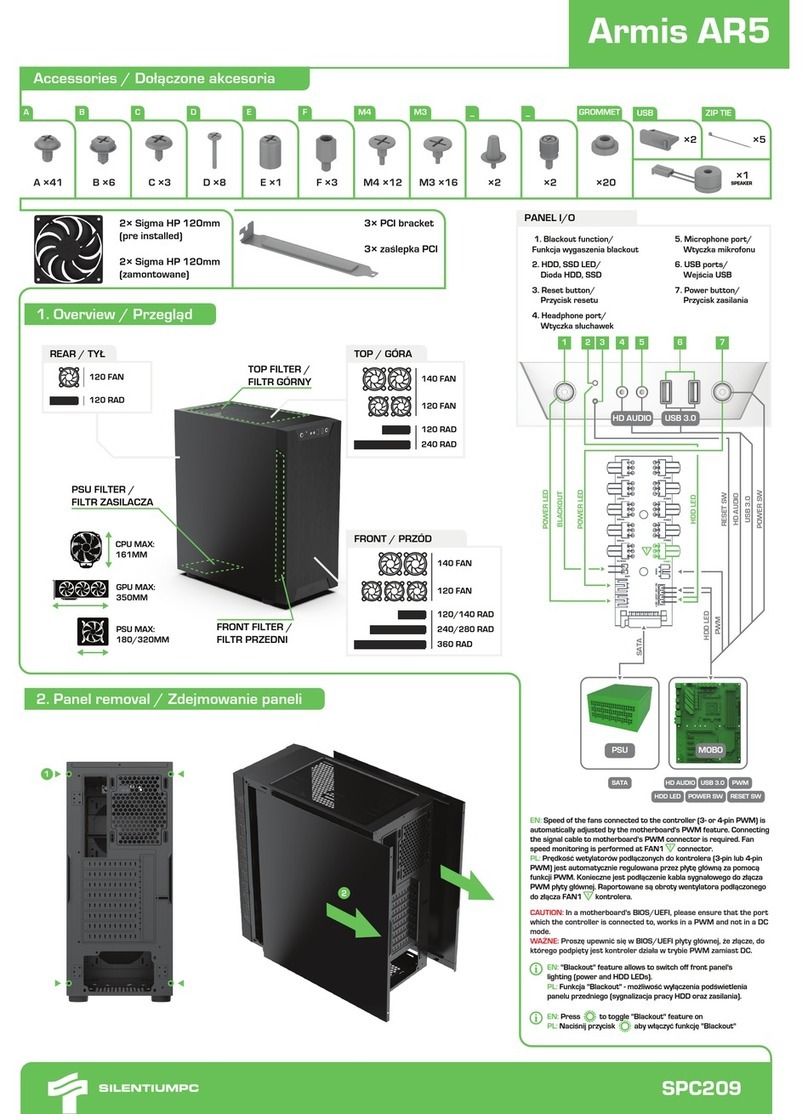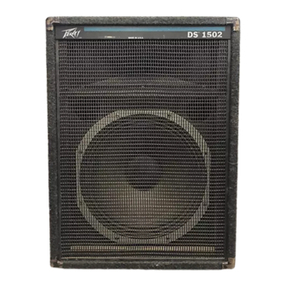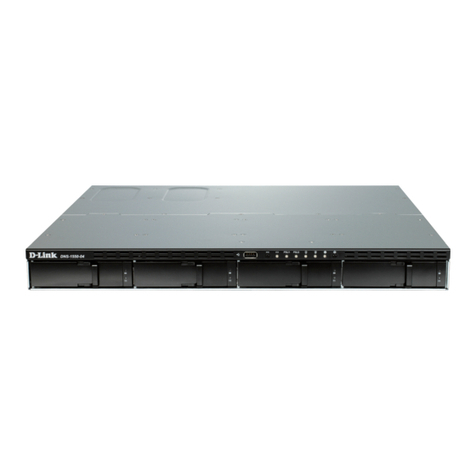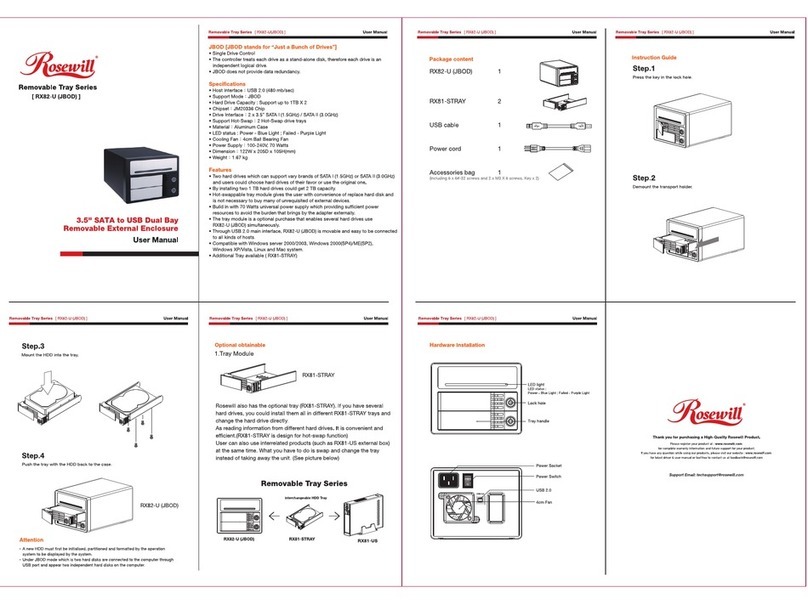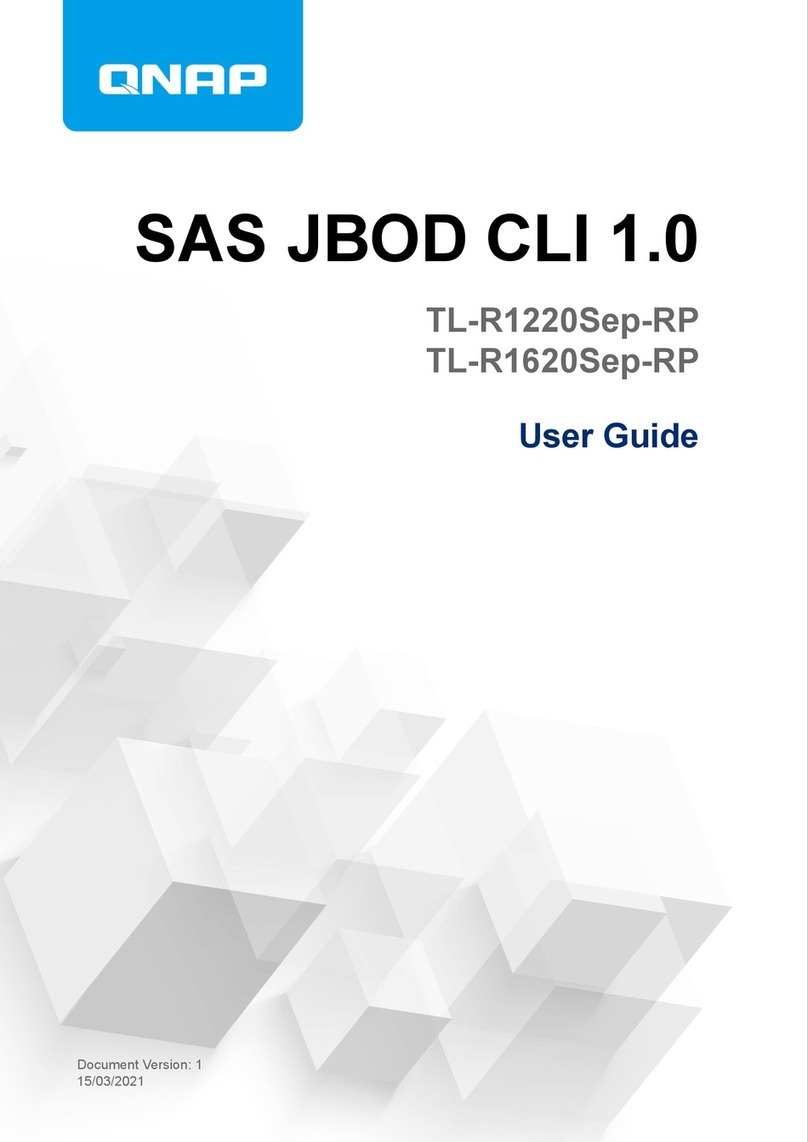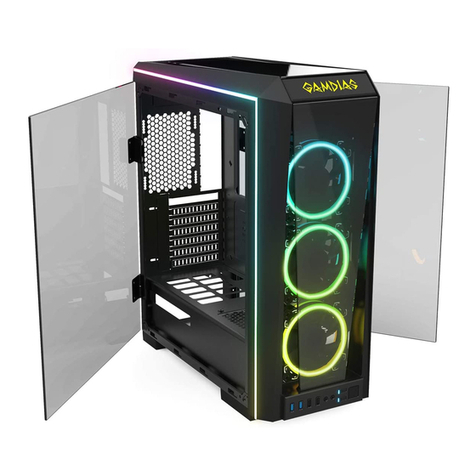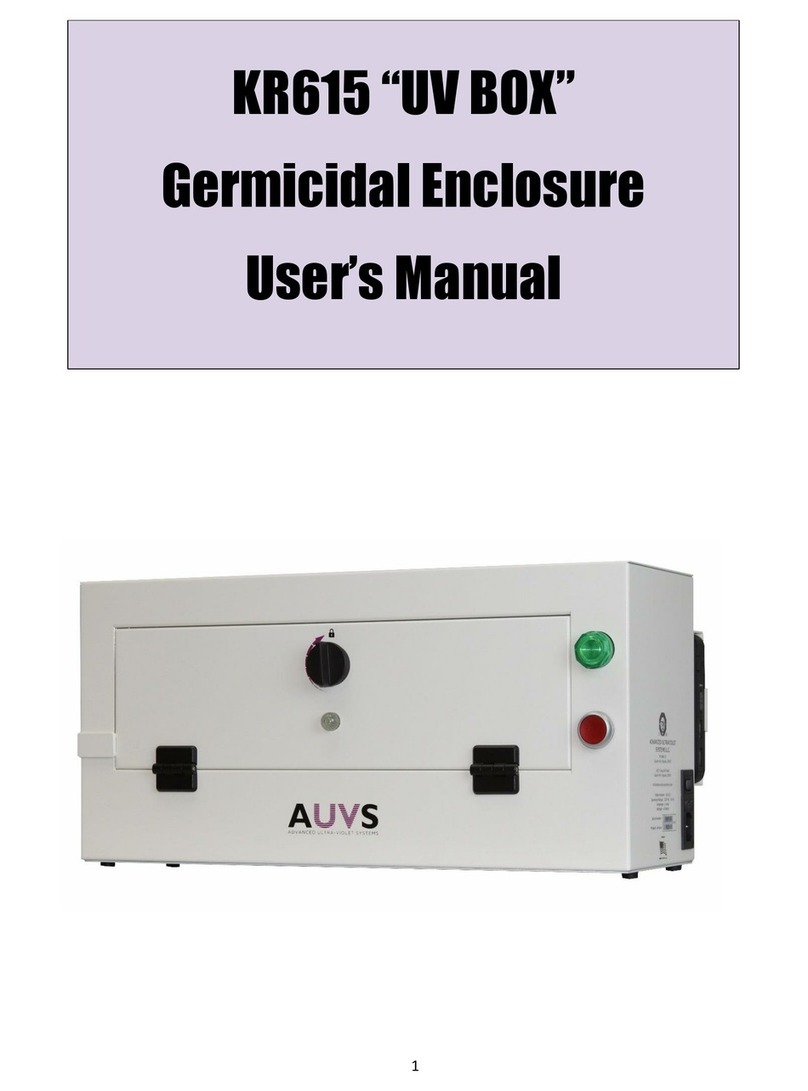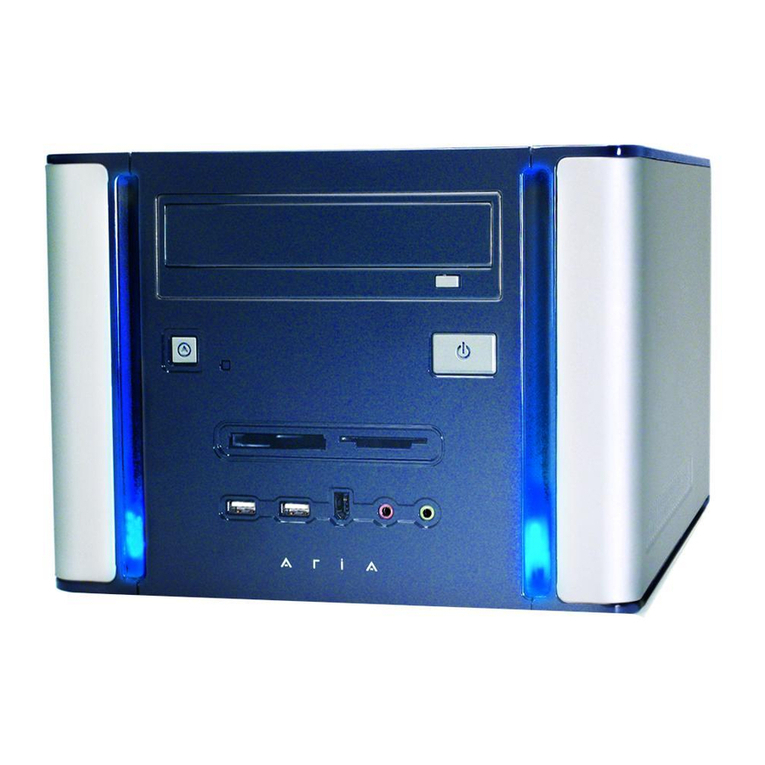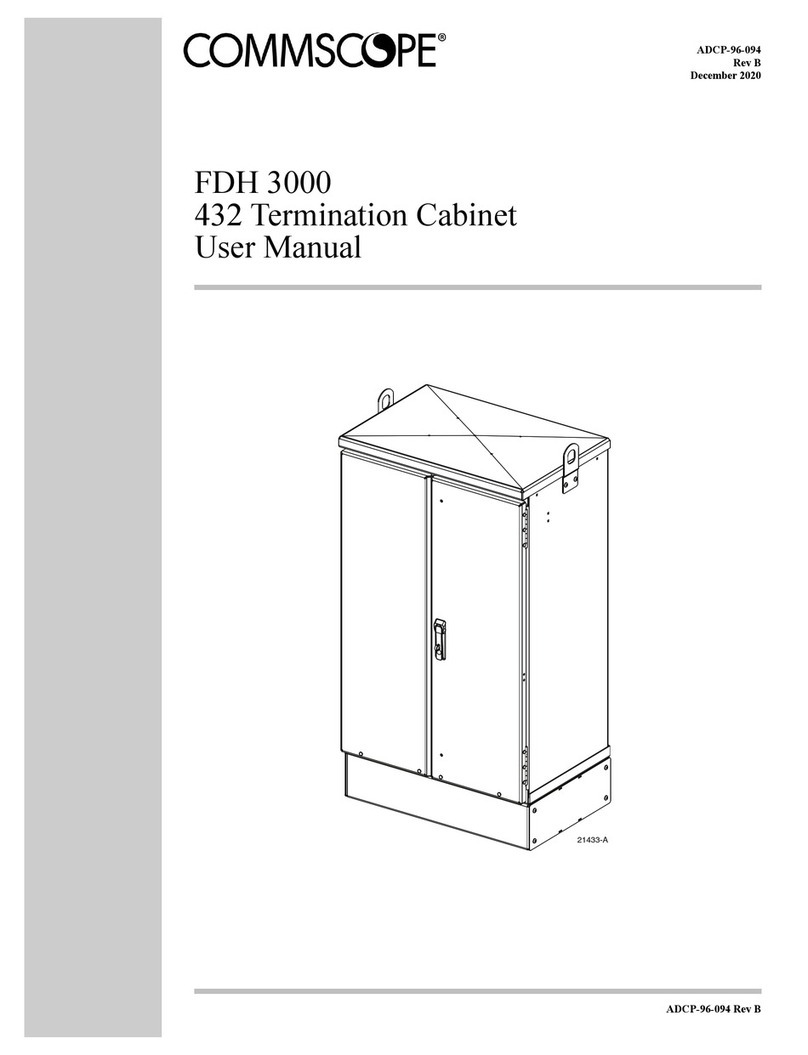
BRX-VDSL2-2 (2 pairs)
Summary Diagram of Typical Installation
DSLAM
BRX-VDSL2-2
Typically at or near the midpoint between DSLAM and CPE
L1
Distance from DSLAM
L2
Distance to CPE
Connecting the BRX-VDSL2-2
2 pairs from
the DSLAM
2 pairs to the
subscriber (CPE)
Shielded gel-lled 24 AWG/ 0.51mm cables
Grounding Lug
CPE Line 1 Blue / White
CPE Line 2 Orange / White
DSLAM Line 1 Blue / White
DSLAM Line 2 Orange / White
Step 1:
Select the location where the BRX-VDSL2-2 will be inserted
as close as possible to the midpoint of the loop.
Step 2:
Connect the grounding lug of the unit to a proper ground
(usually available near a splice point).
Step 3:
Connect one of the DSLAM pairs to a pair coming from the
DSLAM. The corresponding LEDs on the faceplate will turn
GREEN to conrm presence of -48 VDC sealing current.
NOTE: Only one LED is functional (DS).
Step 4:
Connect the corresponding CPE pair to the pair going to the
subscriber home.
IMPORTANT: Make sure to match DSLAM pair# to CPE pair#.
After step 4, the DSLAM and the CPE will re-train the circuit
and bring up the VDSL2 link with the higher bandwidth. Note
that the performance may be limited (or capped) by a setting
in the DSLAM conguration. During this process, the optimum
amplication gain is automatically determined.
Document 180-0161-001 R03
Pair 1
Diagnostic LEDs
Pair 2
Diagnostic LEDs
Mounting ange on both
ends of the sealed unit
IMPORTANT NOTE: The BRX-VDSL2-2 unit is powered from the Sealing Current found on a standard POTS pair.
The BRX-VDSL2-2 will not work on a dry pair (line with no sealing current). Each pair of the BRX-VDSL2-2 is powered
independently with each pair requiring the presence of the sealing DC Voltage for proper operation.
You can also use the BRX Power Injector when deploying the BRX-VDSL2-2 on dry pairs (no POTS service).
